
Bisque ceramics, by definition, are unglazed, fired clay pieces that have undergone an initial firing process. These ceramics are often described as being in a “bisque” state, which means the clay is hardened but still porous, making them ideal for painting or glazing in subsequent stages. From ancient pottery to contemporary art, bisque ceramics represent a critical phase where imagination meets material, offering artists a unique canvas for expression.

| Stage | Process | Characteristics |
|---|---|---|
| Raw Clay | Shaping | Soft and moldable |
| Bisque Firing | Initial Firing | Hardened and porous |
| Glaze Firing | Final Firing | Sealed and glossy |
The Art and Science of Bisque Ceramics
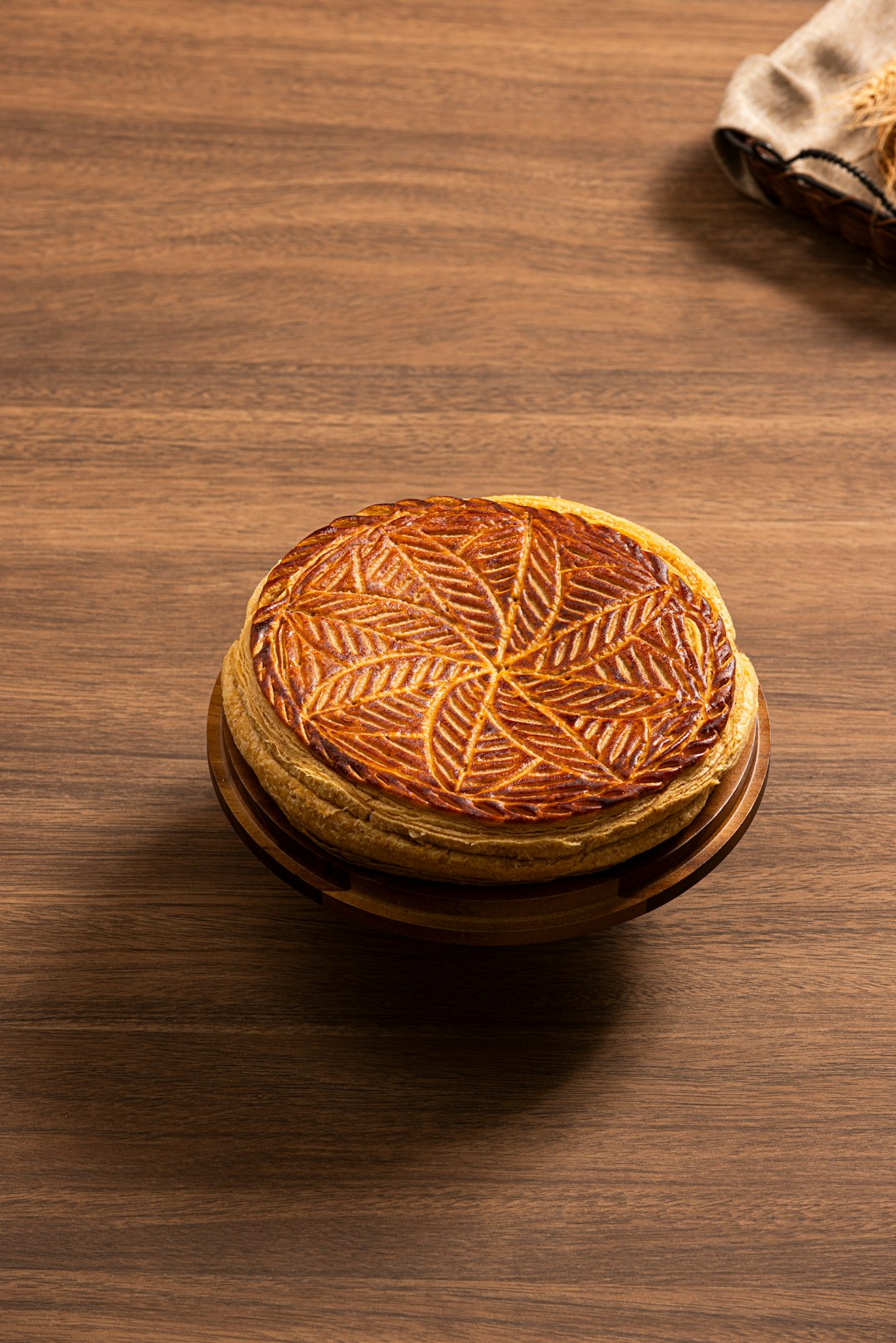
Have you ever wondered what sets bisque ceramics apart from other pottery? It’s not just a quirky name—this first firing phase is a transformative journey from soft clay to a resilient, porous canvas ready for the artist’s touch. The journey begins with raw clay, where creativity flows from the artist’s hands, shaping each piece with care and precision. This is no ordinary clay; it’s a living entity in the hands of the inspired potter.
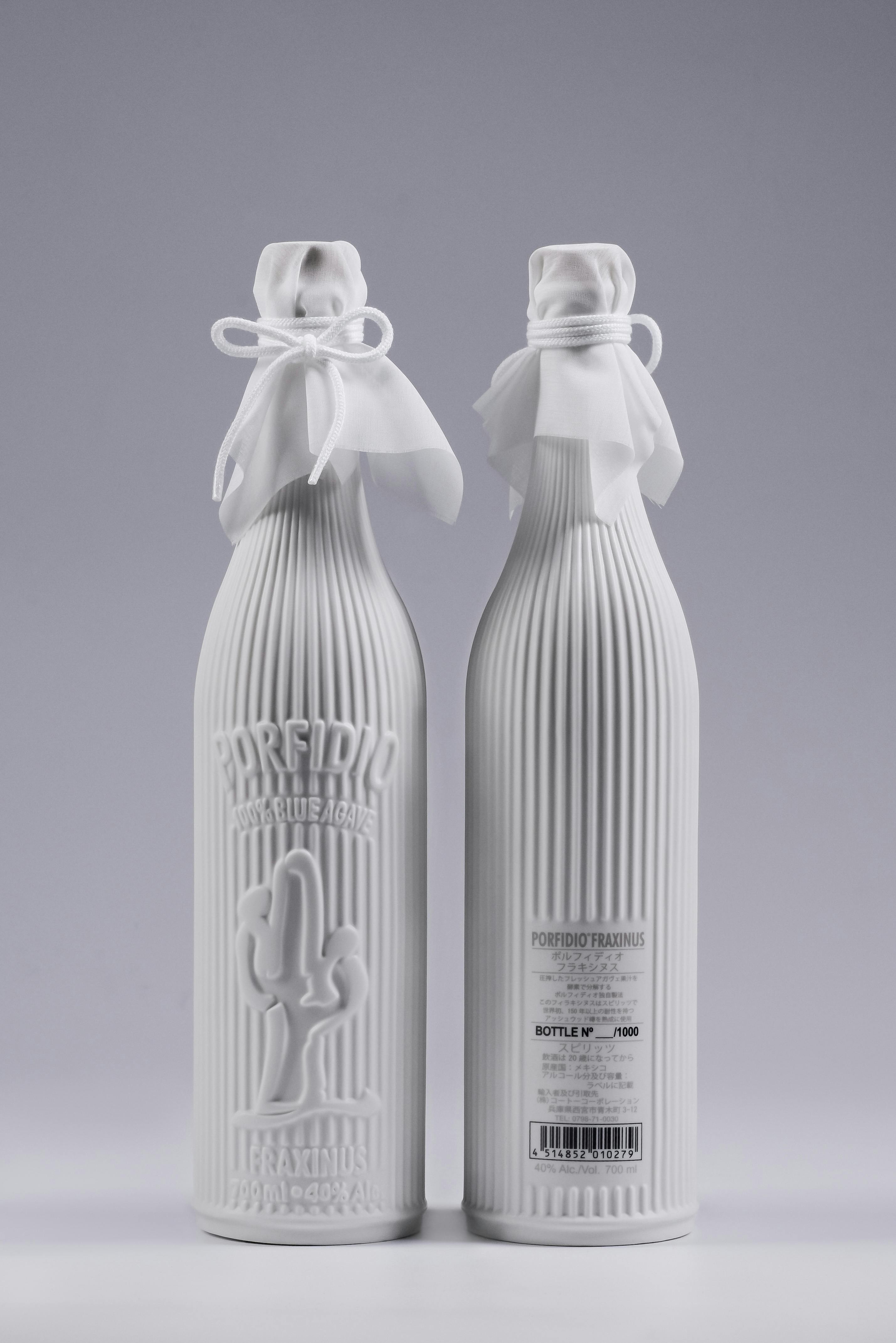
Once the shape emerges, it’s ready for its metamorphosis in the kiln. The bisque firing stage, involving temperatures ranging typically between 1,700 to 1,900 degrees Fahrenheit, pushes the clay to evolve. This process removes water and organic elements, leaving a hardened yet porous canvas primed for decoration or glazing. The piece at this point has shed its fragile outer layer, now startlingly robust while inviting artisans to impart their vision through dazzling colors and intricate designs.
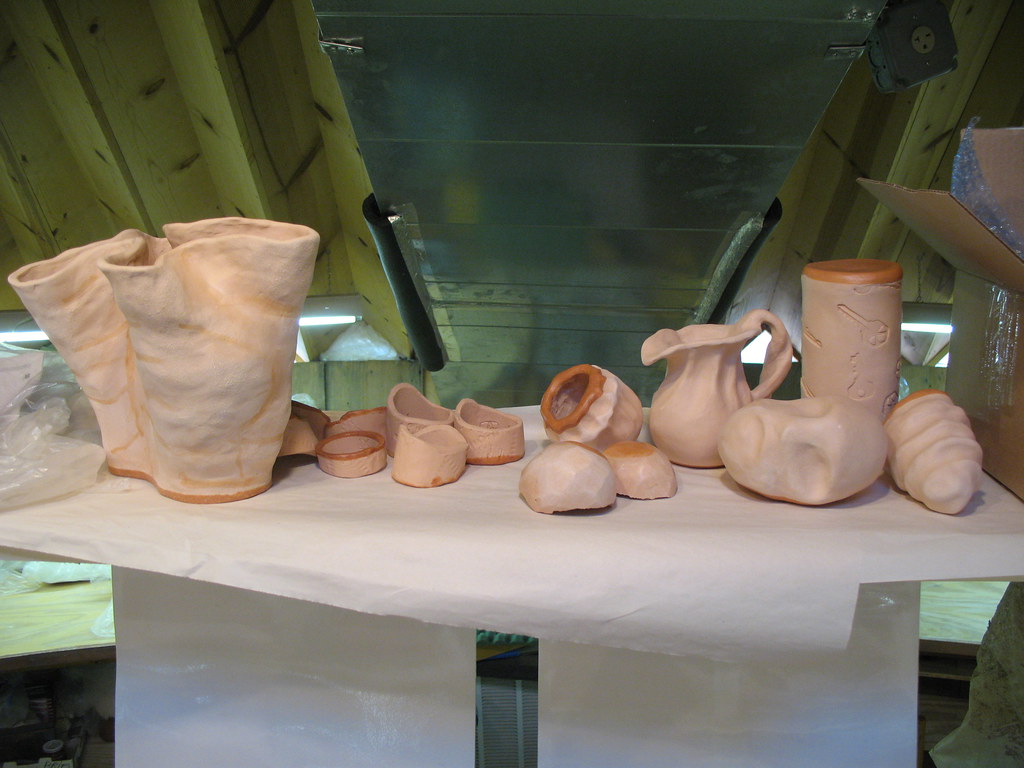
Creative Possibilities with Bisque

So, what happens after the bisque firing? This is where ceramics explode with creative potential. The porous nature of bisque allows it to absorb glazes readily, setting the stage for vibrant colors and textures that captivate both creator and viewer. Here are some exciting ways artists can utilize bisque ceramics:
- Glazing: Apply glossy finishes that turn robust forms into lustrous art pieces.
- Painting: Hand-paint intricate designs that infuse personality into every curve and corner.
- Staining: Use unique stains to emphasize the texture and highlight intricate details.
With each method applied, the second firing seals the designs in a dance of chemical reactions that lock in color and enhance durability. Glaze firing typically clocks in at higher temperatures than bisque, turning dreams into lasting art.
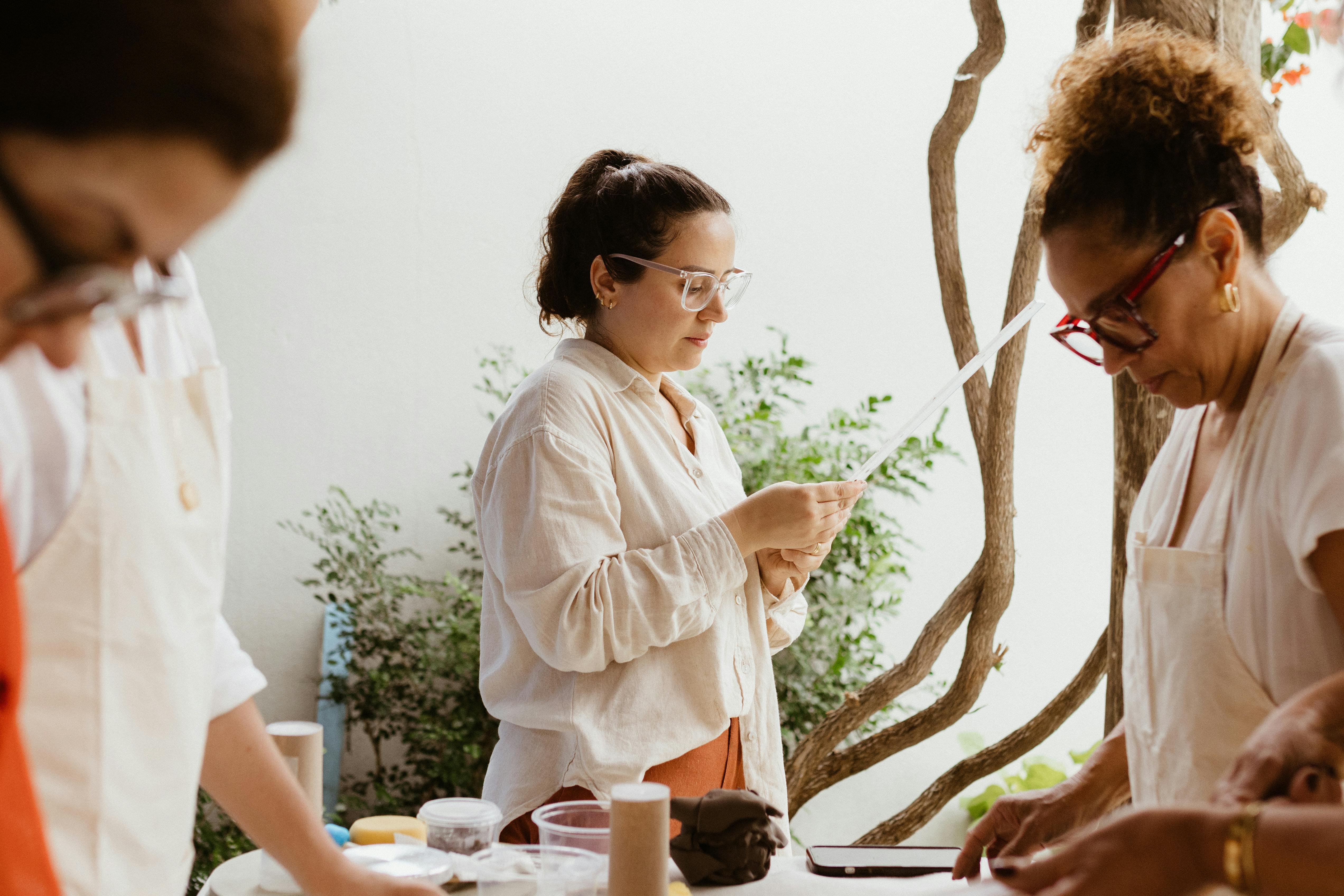
Exploring Beyond the Basics
For the adventurous, bisque ceramics can offer even more depth and experimental paths. Artists often delve into alternative techniques such as underglazing or sgraffito—a method where the top layer of glaze or slip is carefully scratched away to reveal contrasting textures or colors underneath.
These experiments in texture and tone transform the ordinary into the extraordinary, offering a tactile experience that is as delightful to explore as it is to behold. The tactile yet visual appeal intertwines, birthing art that communicates not just through sight but through touch.
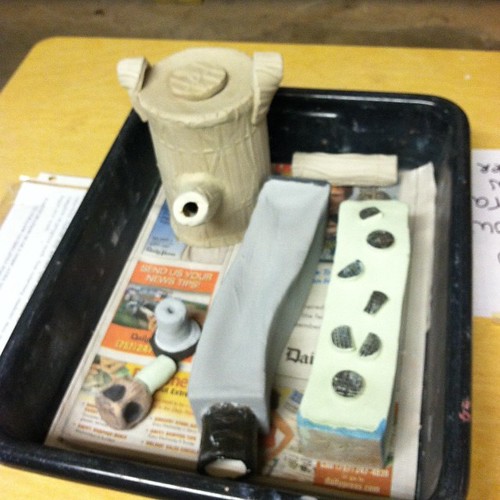
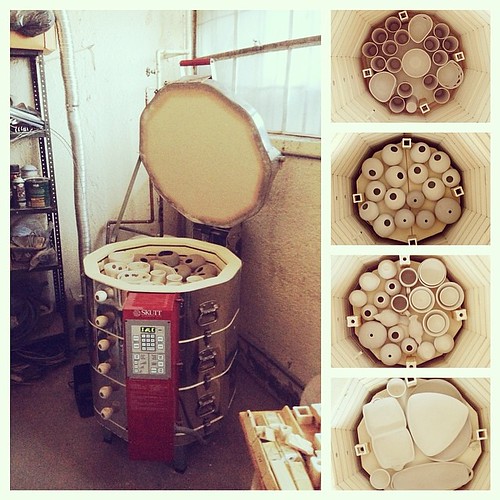
Have you tried working with bisque ceramics, or are you considering venturing into this artistic form? Share your experiences or inspirations in the comments below, and let's create a community where ideas and techniques flow freely like the clay we shape together. For more recent articles and content, be sure to check out our website.
Learn More about Bisque Pottery
To deepen your understanding of bisque ceramics, watch the ExpertVillage Leaf Group’s video titled “What is Bisque Pottery?” which offers valuable facts and tips on this essential pottery technique.
What is the bisque stage of clay?
The bisque stage of clay begins after the first firing in a kiln, turning clay into bisqueware. At this point, the heat has permanently altered the clay by removing chemically bonded water—there’s no going back to raw clay. Bisqueware also becomes porous, which is exactly why this stage is perfect for glazing.
What is the difference between bisque and glaze?
Bisque firing is the initial stage in the ceramic process, designed to harden the clay body while keeping it absorbent enough for glaze. The kiln is heated to a lower temperature at this stage—typically between Cone 06 (1830°F) and Cone 04 (1940°F)—so the clay remains ready to accept a layer of glaze for the next firing.
What is the difference between bisque and clay?
Once clay is fired for the first time, it becomes bisque—a true ceramic material even though it hasn’t fully matured. Often called “biscuit” or “bisc,” bisqueware refers to any piece that has been through this first firing. It’s strong enough to handle for additional finishes yet still ideal for adding glazes.
Bisque ceramics offer a unique foundation for both novice and seasoned artists, providing a versatile medium that can be transformed with glazing and painting. Understanding the bisque state allows creators to appreciate the delicate balance between functionality and artistic expression. Whether you’re crafting everyday tableware or intricate sculptures, bisque-fired pieces serve as the perfect starting point for endless creativity.
Stay Connected and Inspired
I hope this deep dive into bisque ceramics has sparked your interest and creativity! If you’d like to see more inspiring ceramic projects or stay updated with the latest tips and trends, be sure to follow us on Instagram. Let’s continue this artistic journey together!
